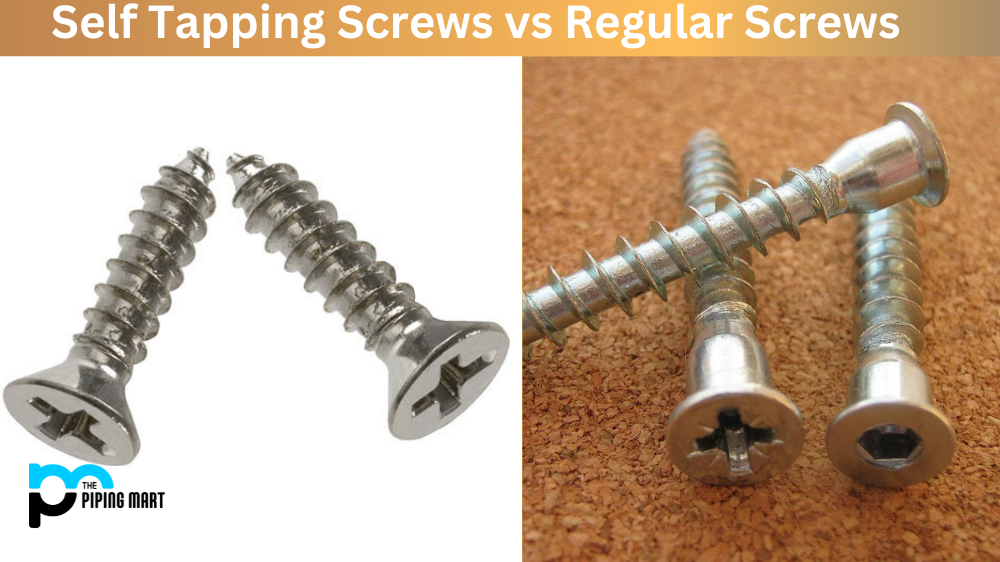If you are working on a project that needs to connect two metals or materials, you might have encountered blind rivets. Blind rivets are a fastener widely used in different industries such as construction, automotive, marine, and aviation. They are easy to install, cost-effective, and can provide a strong, permanent joint. Blind rivets connect metals, plastics, or composites where the connection is not accessible from both sides. However, not all blind rivets are the same, and each type has its specific use. In this blog post, we will discuss the different types of blind rivets and their uses so you can choose the right one for your project.
Types of Blind Rivets
Open-End Blind Rivets:
Open-end blind rivets are the most common type of blind rivet. They have a mandrel, a cylindrical shaft that pulls the rivet’s body together and creates a strong joint. The mandrel’s end breaks off after installation, leaving the bolt’s body in place. Open-end blind rivets are used for general-purpose fastening, where a solid mechanical joint is needed. They can be made of different materials, such as aluminium, steel, or stainless steel. Open-end blind rivets are commonly used in construction, sheet metal, and woodworking projects.
Closed-End Blind Rivets:
Unlike open-end blind rivets, closed-end blind rivets have a sealed head that holds the mandrel in place after installation, making them ideal for applications that require a watertight seal. They are commonly used in the automotive and aerospace industries. Closed-end blind rivets can have different head styles, such as countersunk or dome head, depending on the application’s requirements.
Peel Blind Rivets:
Peel blind rivets, or split rivets, have two or more legs that peel back and deform when the mandrel pulls them through the material. They create a large, gripping area that can handle high loads and resist vibration. Peel blind rivets are commonly used in automotive and aerospace applications, where the connection needs to withstand high stress and pressure.
Grooved Blind Rivets:
Grooved blind rivets have a grooved mandrel that creates a locking effect when it passes through the rivet body, creating a tight and secure joint. They are commonly used in sheet metal and construction projects requiring extra strength and stability. Grooved blind rivets are available in different diameters and materials, and they can be installed with different types of tools, such as hand-held tools or automated installation systems.
Multi-Grip Blind Rivets:
Multi-grip blind rivets, also known as bulb-tite rivets, have a unique design that allows them to work on multiple materials with different thicknesses. Their body has bulges or ribs that grip the material, providing extra holding strength. Multi-grip blind rivets are versatile and can be used in automotive, construction, and marine projects.
Conclusion:
Choosing the right blind rivet is crucial to ensure the durability and quality of your project. Whether you need a watertight seal or a strong connection that can handle high loads and pressures, there is a blind rivet that can meet your requirements. In this blog post, we discussed the different types of blind rivets and their uses, from open-end blind rivets perfect for general-purpose fastening to multi-grip blind rivets that can handle various thicknesses and materials. Knowing the differences between these blind rivets can help you make an informed decision and select the best one for your project.

Pipingmart is a B2B portal that specializes in metal, industrial and piping items. Additionally, we share the latest information and information about materials, products and various types of grades to assist businesses that are involved in this business.




